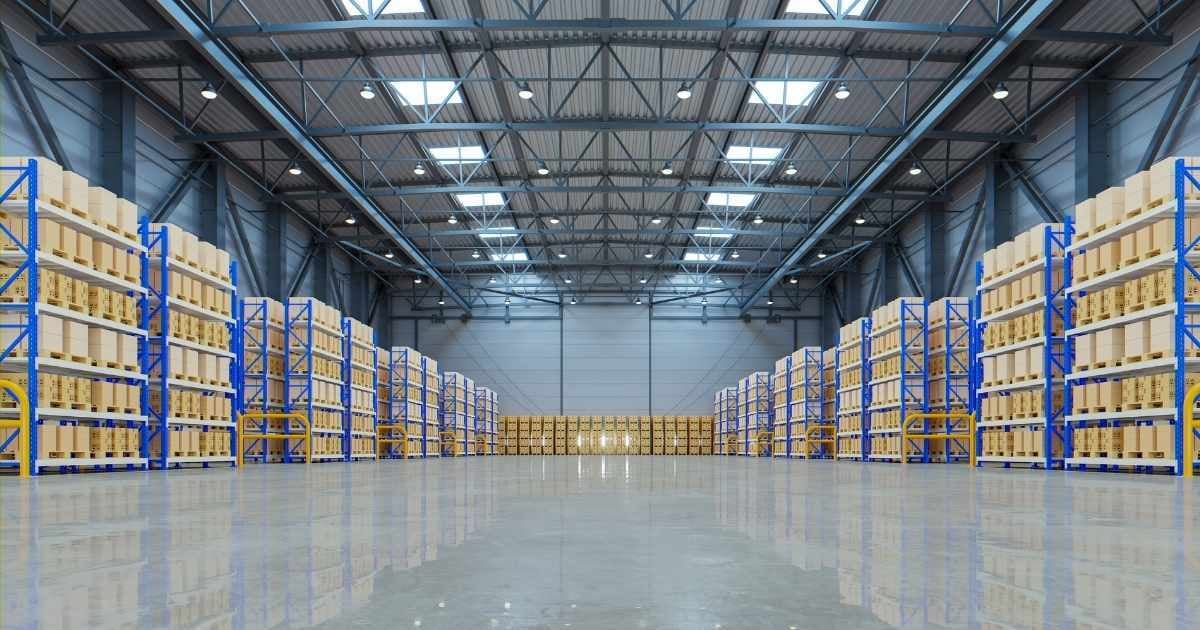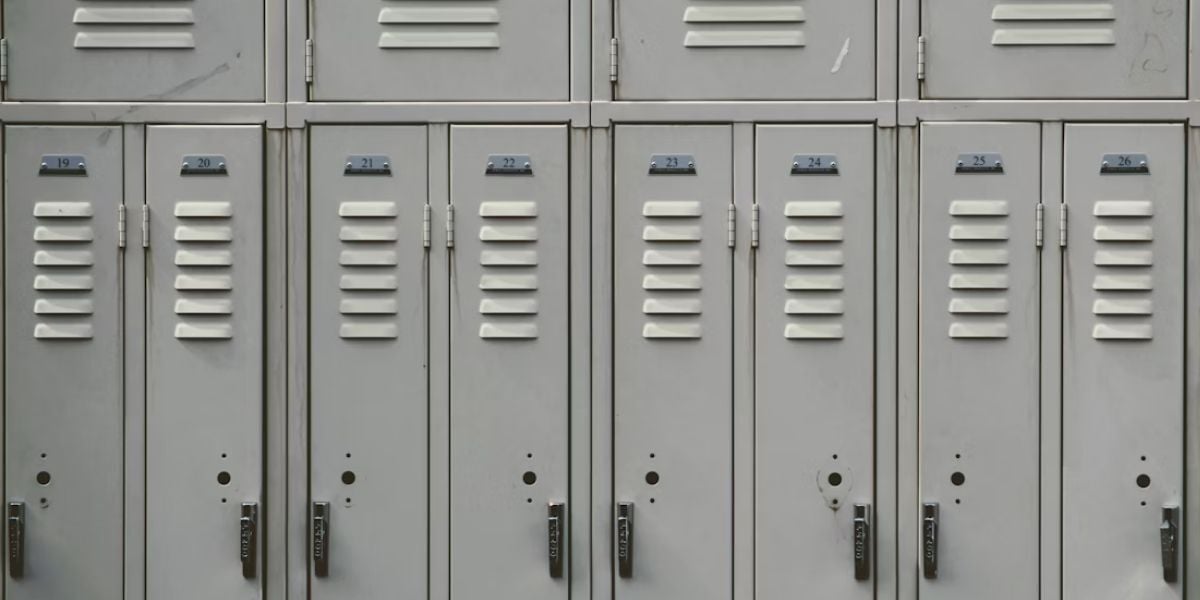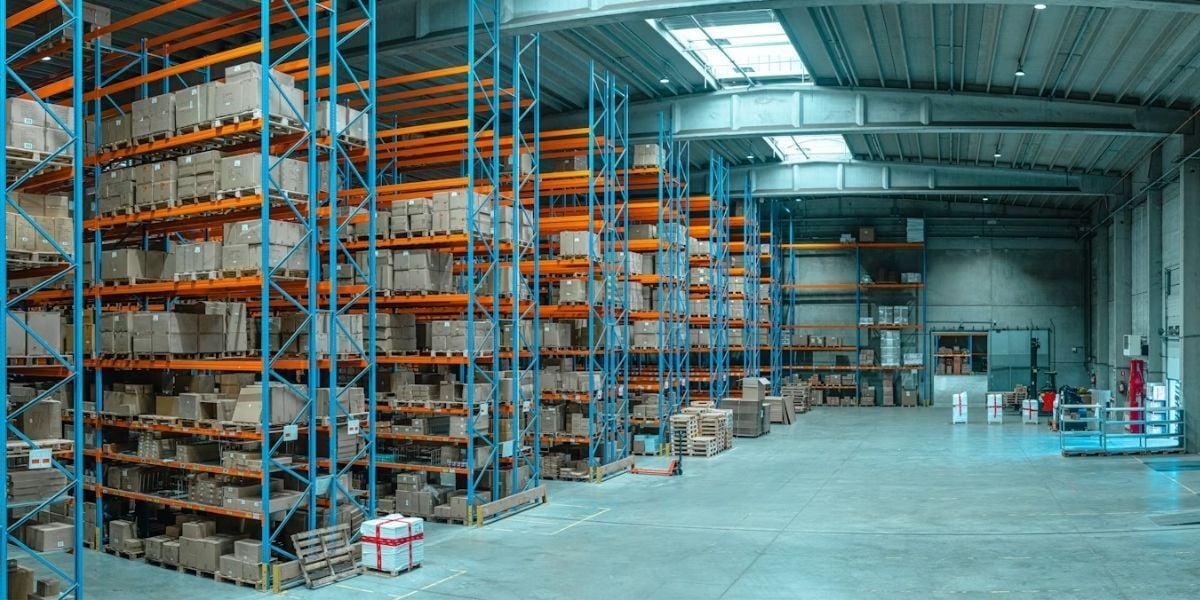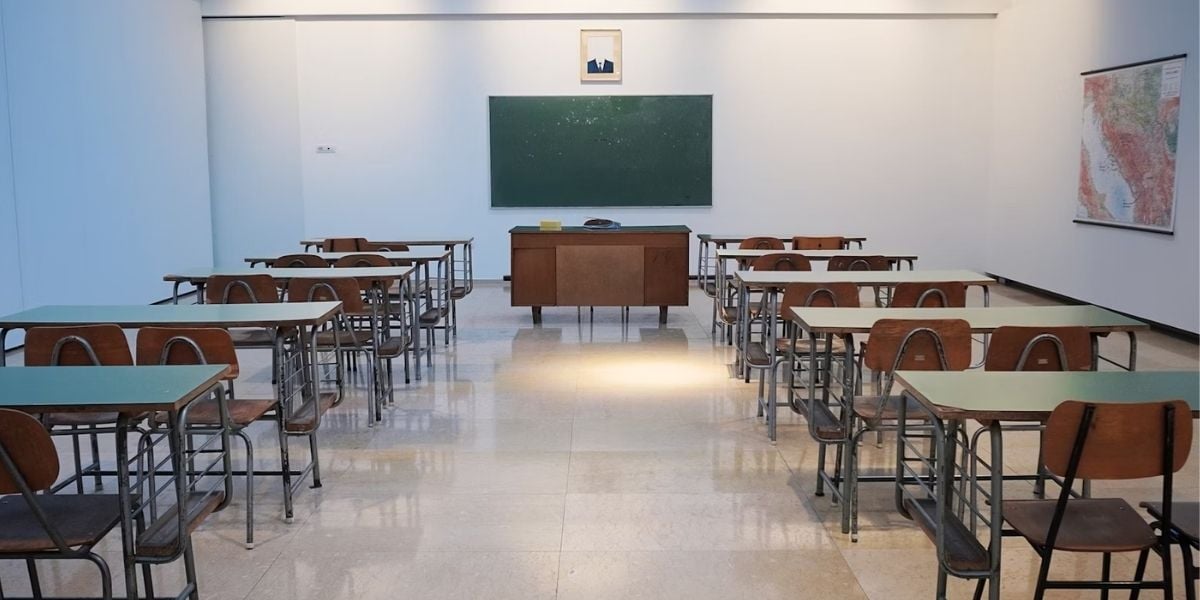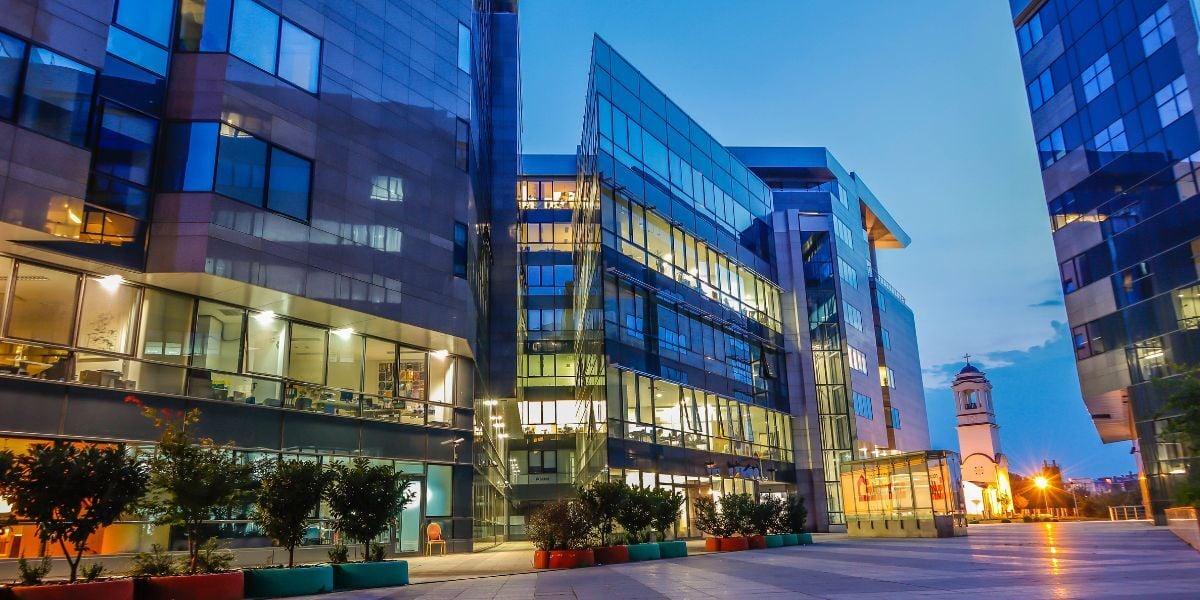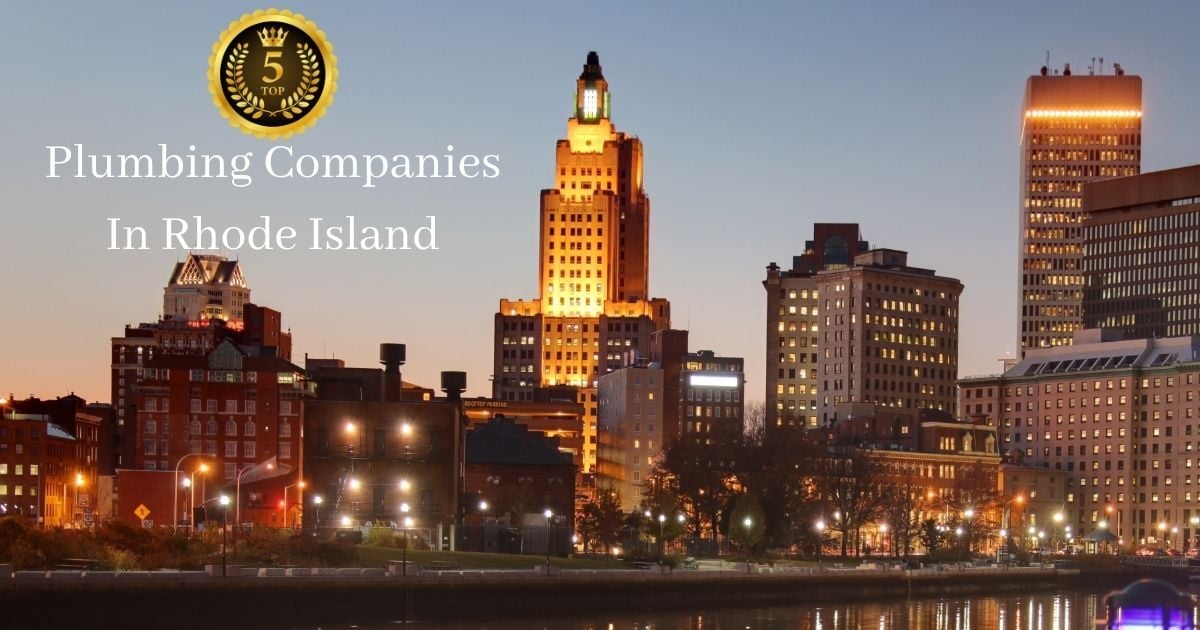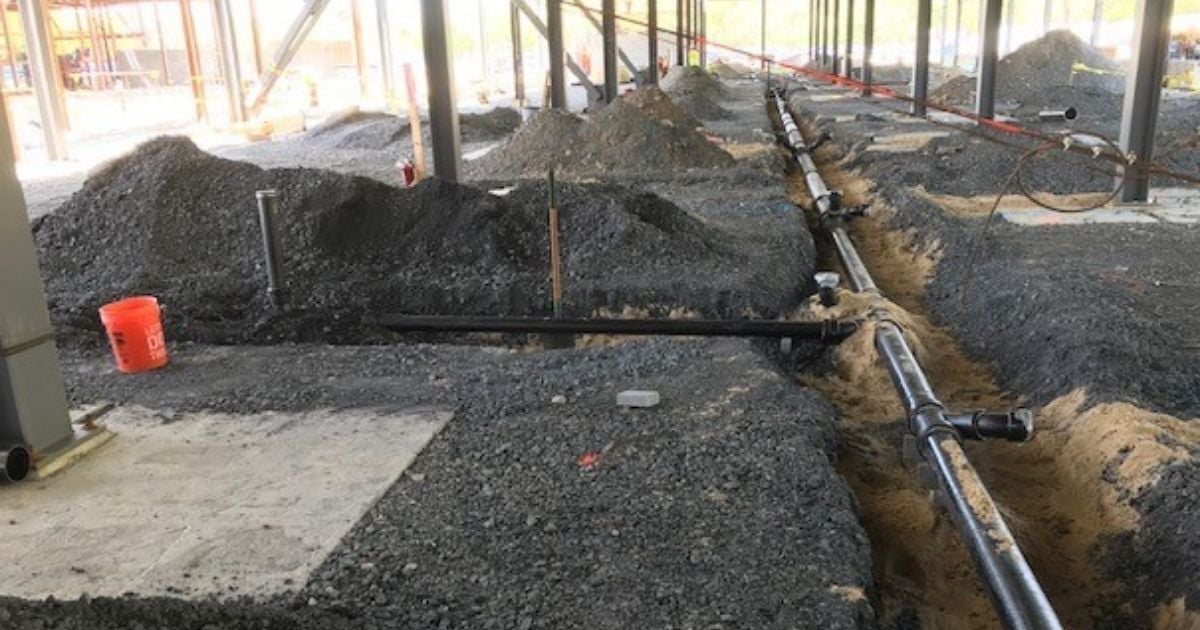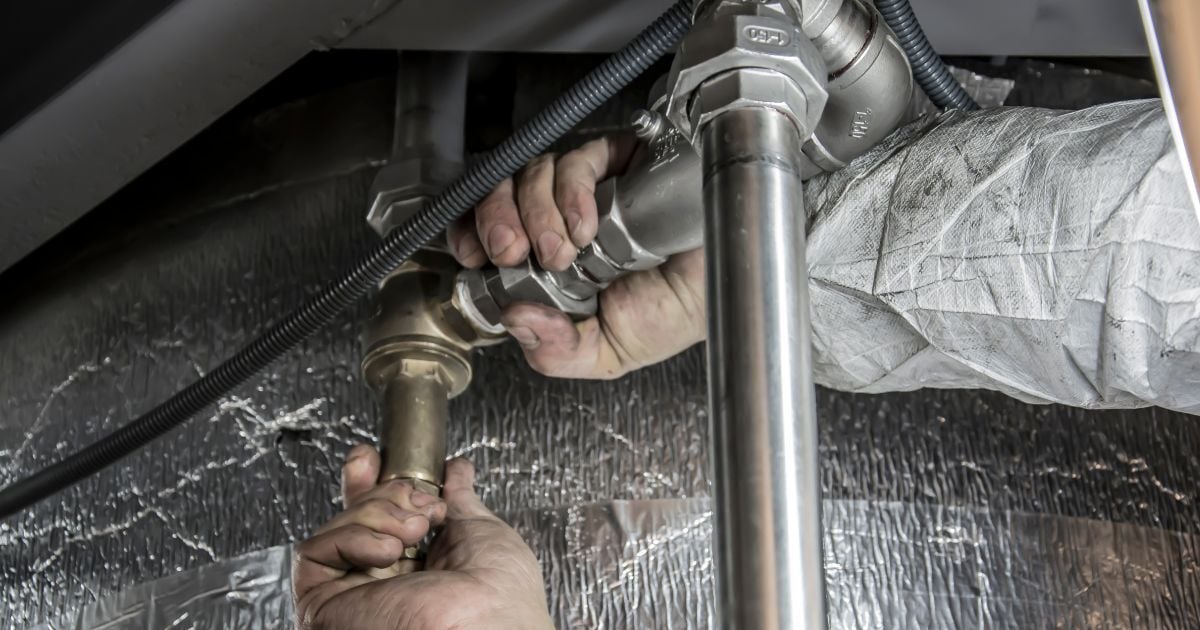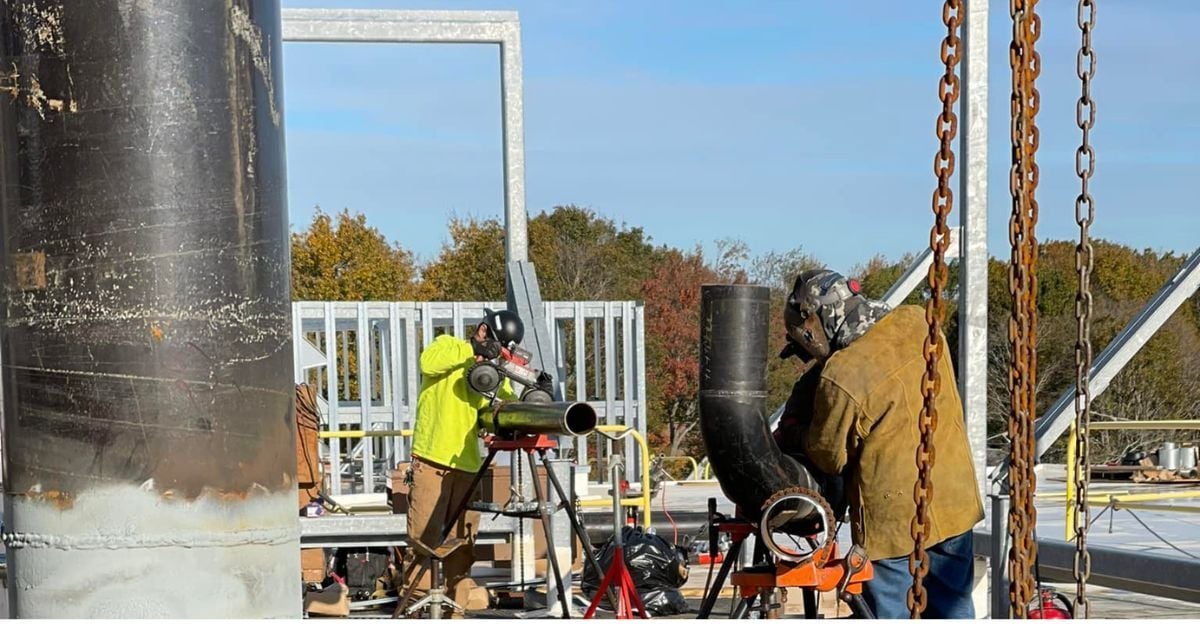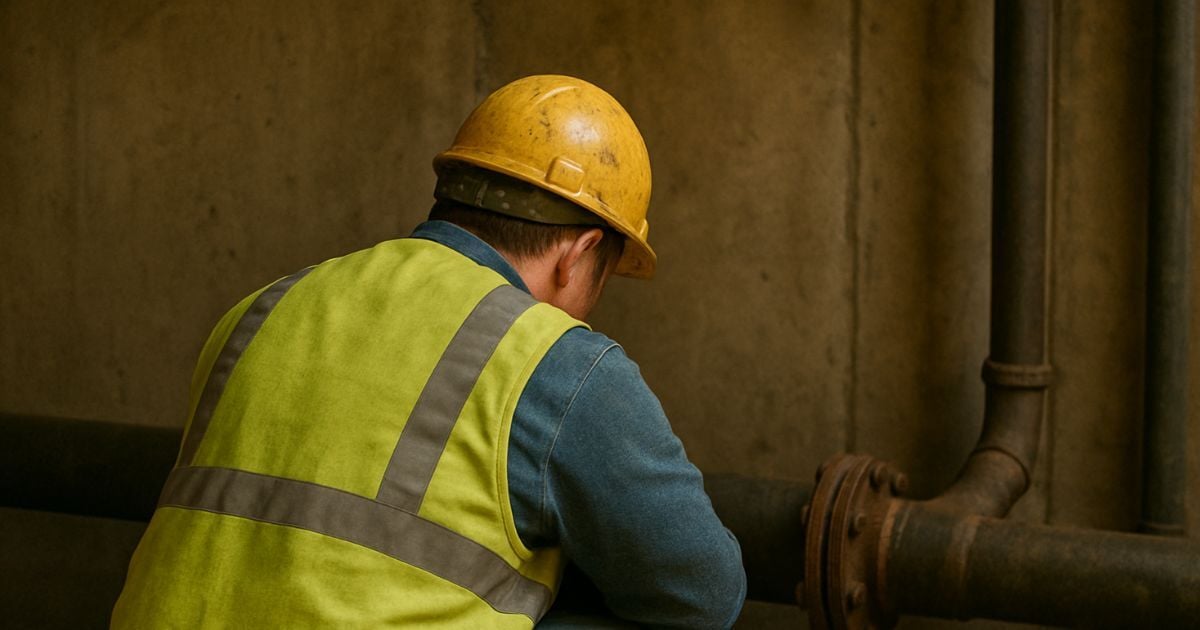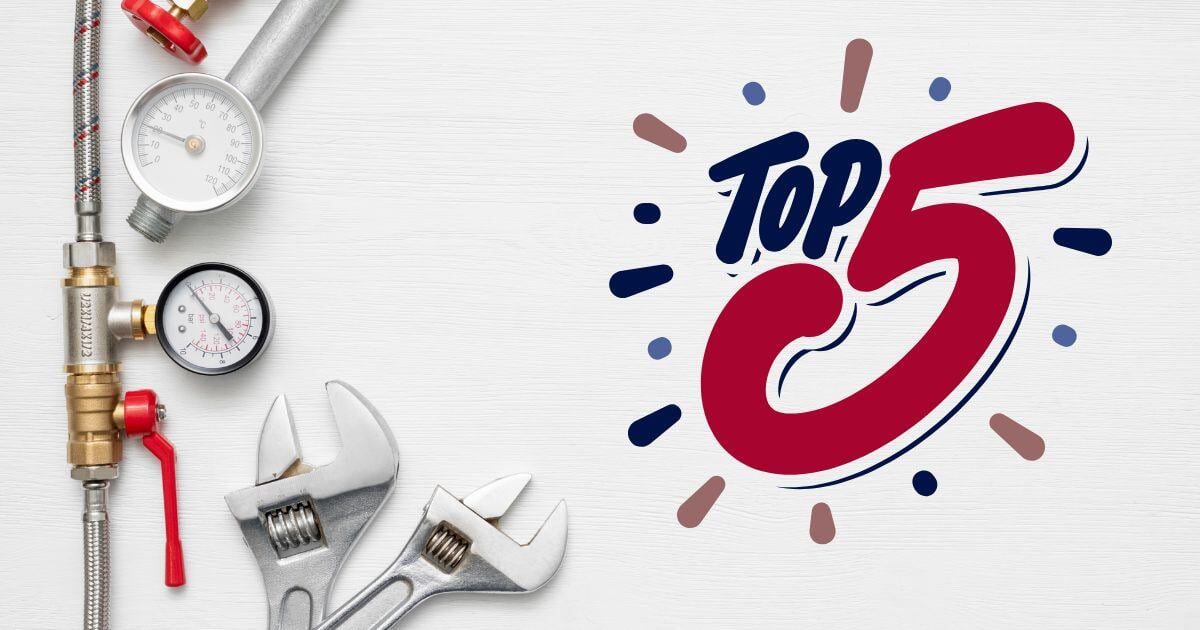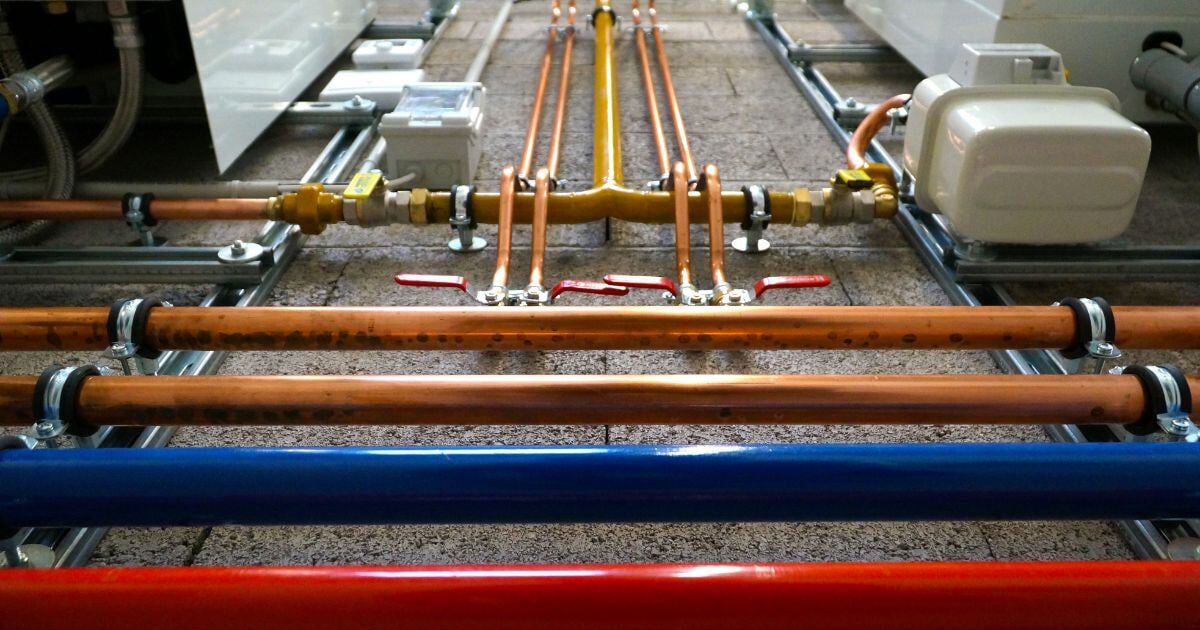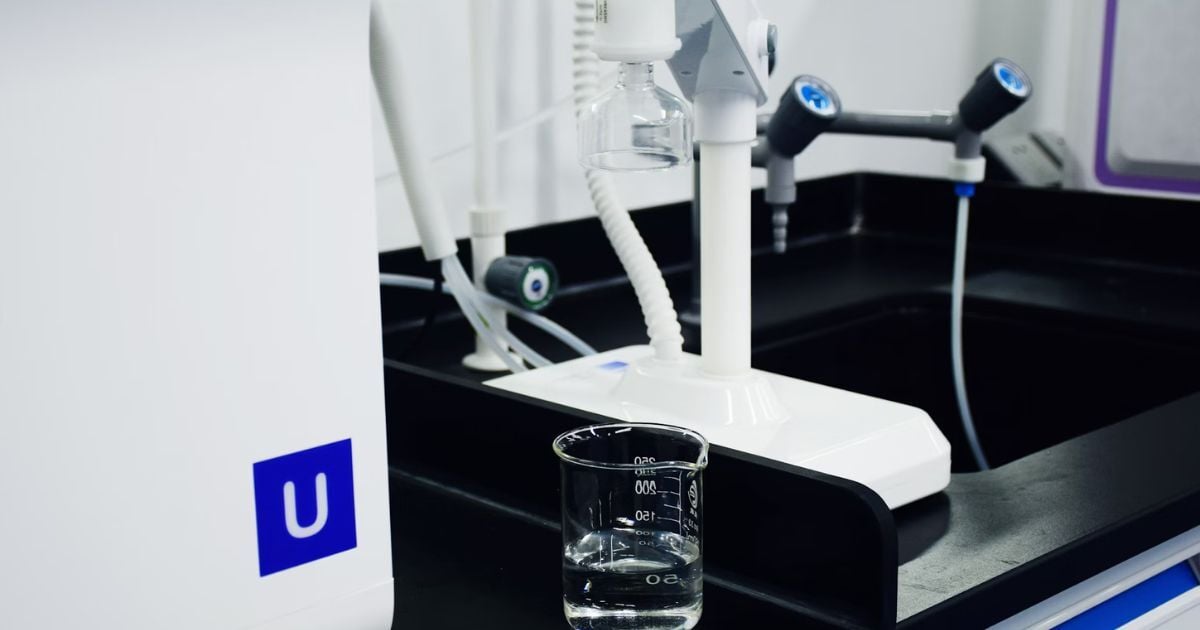
What happens when your lab’s water supply can’t keep up with the demands of your research, or worse, contaminates it? How much risk are you taking every day by relying on plumbing systems that weren’t built for scientific precision or safety?
If your lab is still using a basic commercial plumbing setup, you're likely facing more hidden threats than you think. From damaged equipment and inaccurate test results to serious compliance violations, outdated plumbing can quietly sabotage your operations.
At Harold Brothers, we’ve worked with dozens of science labs, research centers, and testing facilities that needed more than pipes and drains—they needed specialized plumbing built for precision, safety, and compliance. We know what it takes to ensure that your systems support the work you do every day.
In this article, you’ll learn the top plumbing upgrades every lab should consider, what makes them different from standard options, and how each one helps create a cleaner, safer, and more efficient lab environment.
Backflow Preventers: Prevent Contamination
In labs, it’s common to use chemicals, dyes, or other materials that should never mix with drinking water. A backflow preventer stops used water from flowing backward into the clean water system.
This device is one of the most important safety features in any lab. If water pressure suddenly drops or a pipe bursts, contaminated water could try to move the wrong way. A backflow preventer blocks this from happening, keeping water clean and people safe.
Installing these devices near sinks, eyewash stations, or any equipment using chemicals is a smart step for any lab upgrade.
Acid-Resistant Waste Pipes: Regular Pipes Just Won’t Work
Labs often use strong cleaners, acids, and other chemicals that can damage normal pipes. Over time, this damage can cause leaks, clogs, or worse — a full system failure.
Upgrading to acid-resistant piping (often made from special plastics like polypropylene or glass-filled materials) helps prevent corrosion. These pipes are built to handle rough chemicals and last much longer than regular plumbing materials. If your lab handles any kind of chemical waste, these pipes aren’t just a good idea — they’re a must.
Eyewash Stations and Safety Showers: Lab Requirements
In a lab, accidents can happen. A chemical splash or spill can be dangerous. That’s why many health and safety rules require labs to have emergency eyewash stations and safety showers.
But just installing them isn’t enough — they need to be plumbed correctly. These stations must have strong water flow and be easy to reach in an emergency. The pipes connected to them must work quickly, even if they haven’t been used in weeks or months.
Some labs also choose to connect these systems to tempered water. That means the water is warm enough not to shock the person using it, but not too hot to cause burns.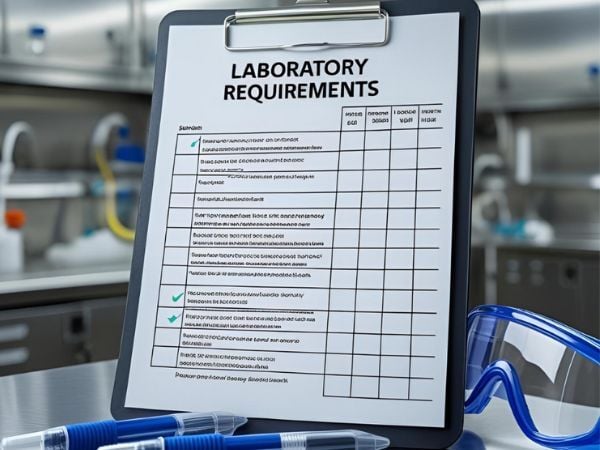
Touchless Plumbing Fixtures for Labs: Clean, Safe, and Efficient
When lab workers have chemicals on their hands or are wearing gloves, touching faucets or handles isn’t always a great idea. Touchless sinks, soap dispensers, and even flushing systems can help.
These upgrades use motion sensors, so no one has to touch anything to turn the water on or off. This keeps surfaces cleaner and lowers the risk of spreading harmful materials. Touchless fixtures are also more water-efficient, which can help labs save money over time. In a case study done by Fontana Showers, touchless faucets can save you hundreds a month. Not only do they save you money, but they also reduce your carbon footprint.
Laboratory Gas Lines: A Plumbing Job You Can’t Skip
Some people don’t realize that gas lines are often part of a lab’s plumbing system, too. Labs that use natural gas, oxygen, or specialty gases need safe, sealed piping systems to carry them.
Upgrading or adding these systems requires special knowledge. The pipes must be made from the right materials, clearly labeled, and tested for leaks. These gas lines often run alongside water pipes, so it’s important to have a skilled commercial plumber who knows how to install both safely.
If you’re adding new equipment that needs gas, it’s the perfect time to review and upgrade your entire system.
Vacuum and Compressed Air Systems
Not all labs use just water and gas — many also need built-in vacuum lines or compressed air. These are used in places like biology labs, testing centers, or electronics labs.
A good plumbing system can include these special lines, built directly into the walls or ceilings. This makes the lab neater and more efficient. Instead of dragging around machines, everything is in the right place, ready to go.
Adding these systems as part of a plumbing upgrade saves time, space, and energy.
Smart Water Monitoring Systems: Reduce Waste and Detect Leaks
Water use in laboratories tends to be both substantial and occasionally unpredictable. Even small leaks or persistent drips can result in the loss of gallons of water each day, driving up utility costs and increasing the risk of facility damage.
Smart water monitoring systems are designed to track water consumption in real time, detect leaks, and alert you immediately when something seems off. Many advanced systems can even automatically shut off the water supply in emergency situations.
Investing in this type of upgrade not only helps labs prevent costly water damage but also supports long-term cost savings and more sustainable resource management.
High-Performance Drainage Systems: Handle Waste Safely and Efficiently
Not all waste is the same in labs. Some materials should go down regular drains, while others should first pass through filters, traps, or special holding tanks.
Upgrading your lab’s drainage system can help you separate and manage these types of waste properly. This protects the city’s water system and helps you meet safety and environmental rules. In some cases, you may also need floor drains that resist corrosion or clogging.
A smart drainage setup isn’t just a behind-the-scenes feature — it’s a major part of keeping a lab safe and functional.
Pressure-Regulating Valves: Keeping Water Flow Just Right
Too much water pressure can damage equipment, burst pipes, or waste resources. There is not enough pressure, and the machines don’t work properly.
Installing pressure-regulating valves keeps your lab’s water flow consistent. This is especially useful if your building has multiple labs or floors, where pressure can change quickly.
These valves also help save water and reduce the risk of accidents.
What Happens If You Skip These Upgrades?
Without the right plumbing upgrades, a lab could face many problems, like leaks, dangerous backflow, chemical damage, or even equipment failure. Worse, it could fail a safety inspection or harm someone who works there.
Choosing the right plumbing setup isn’t just about following rules. It’s about protecting people and giving your team the tools they need to work safely and well.
Which Lab Plumbing Upgrade Should You Prioritize First?
Start by thinking about what your lab uses most — water, chemicals, gases, or air systems. Then, talk to a licensed commercial plumber who has experience with labs.
They can walk through your building, check your current setup, and help you choose the best upgrades for your budget and your needs. Not all labs need every upgrade right away, but planning can help you avoid big problems later.
If your lab is growing, changing, or adding new tools, then it’s a perfect time to review your plumbing system.
What Should You Do Next?
Now that you know which commercial plumbing upgrades can help your lab run better and safer, you might be wondering what to do next. Start by asking yourself:
- Does your current plumbing system meet lab safety standards?
- Have you had any plumbing issues in the past year?
- Are you planning to add new equipment, rooms, or labs?
If the answer to any of these is yes, it’s time to talk with professionals like us at Harold Brothers. A plumbing expert who understands lab work can help you make a plan that fits your space and your budget.
At the end of the day, a well-upgraded lab is not only safer — it’s more efficient, more reliable, and ready for whatever work comes next.
Begin with the fundamentals: our article on common commercial plumbing repairs outlines what every building manager should know.
Topics:


